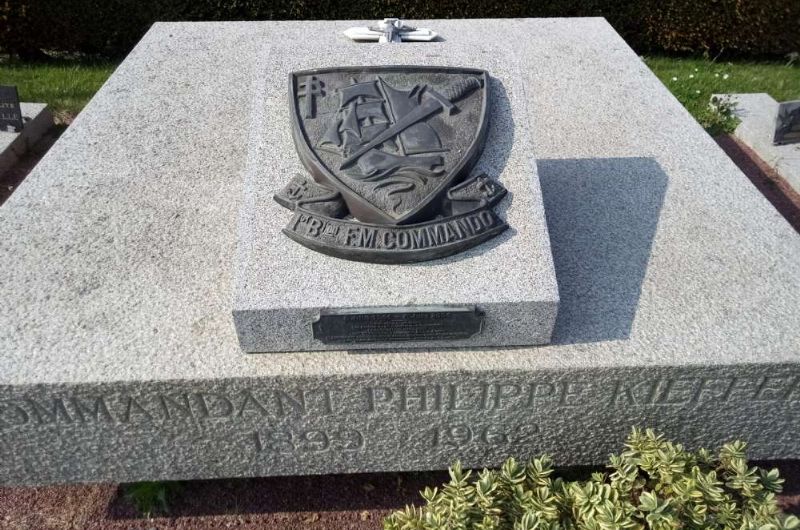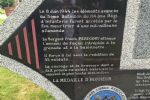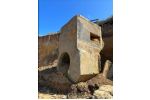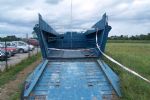Tomb of Commandant Philippe Kieffer
- 42
- See on map
Placing the grave of Commandant Philippe Kieffer who commanded the 1st Battalion of Fusiliers Marins Commandos during D-Day.
He was in New York when war broke out. He returned to France in May 1939 to join his family. Despite his age (40), he presented himself as a volunteer and reserve officer. Initially a second lieutenant and military interpreter in the army, he joined the navy on September 10, 1939, as quartermaster-secretary to Admiral Nord.
He was assigned to the battleship Courbet and took part in the battle of Dunkirk. After the defeat of France, Ensign Kieffer answered the call of General de Gaulle by leaving for the United Kingdom on June 19, 1940.
He joined the Free French Naval Forces on the day of their creation, July 1, 1940 as a "reserve officer interpreter and cipher (ORIC)". Impressed by the methods of the British commandos, in 1942 he formed "Troop 1" of the French Commandos with some twenty volunteers, in the vicinity of Portsmouth.
In 1943, the 1st Battalion (1er B.F.M.C) was made up of three Troops: No. 1, Captain Trepel's No. 8 - which disappeared during a night raid - and the Troop d'Appui (K-Guns). It was at the fearsome commando training center at Achnacarry in Scotland that these men were trained and awarded the famous green beret.
In May 1944, a few weeks before D-Day, they received their own insignia: a bronze shield charged with the brig de l'aventure and crossed with the commando dagger with the cross of Lorraine in the sinister corner and underlined by a banner bearing the inscription "1er Bllon (battalion) F.M.Commando". They will wear it on the green beret "à l'anglaise", i.e. on the raised left edge. The design is by one of them, Corporal Maurice Chauvet.
Appreciating the qualities of the French, the British incorporated the battalion into the No. 4 Commando of the Special Forces Brigade. It would have the supreme honor of being the first to land in France on D-Day.
1944 Promoted to lieutenant de vaisseau, then captain de corvette on the eve of D-Day, Kieffer landed onJune 6 in Normandy at the head of his men of the 1st fusiliers marins commandos battalion strong of two combat Troops and a 1/2 support Troop (K-Guns), in all 177 men. They landed on Sword Beach at Colleville-Montgomery, despite significant losses - in all for June 6: two officers and eight men killed plus wounded - they seized an inuviated 50 mm gun that had disabled the barge LCI 523 (1st Troop), then the ex-casino at Riva-Bella before moving inland via Colleville and Saint-Aubin-d'Arquenay to link up at Pegasus Bridge (Bénouville) with the British Airborne of the 6th DAP.
They arrive at around 4:30 pm. Kieffer was wounded twice that day. By the evening of June 6, the 1st B.F.M.C. will have lost almost 25% of its strength. By 8 p.m., it was occupying the edge of Le Plain. During the harsh Normandy campaign, the commandos remained in the front line (Le Plain - Amfreville sector) and fought until August 27, 1944, when the battalion was replenished in Great Britain for future missions. In November 1944, the 1st BFMC landed on the island of Walcheren in Holland, captured Flessingue in combat, as part of a combined Allied operation with British commandos to clear access to the port of Antwerp. Source Wikipedia
Photo credit Julien Garnier.







